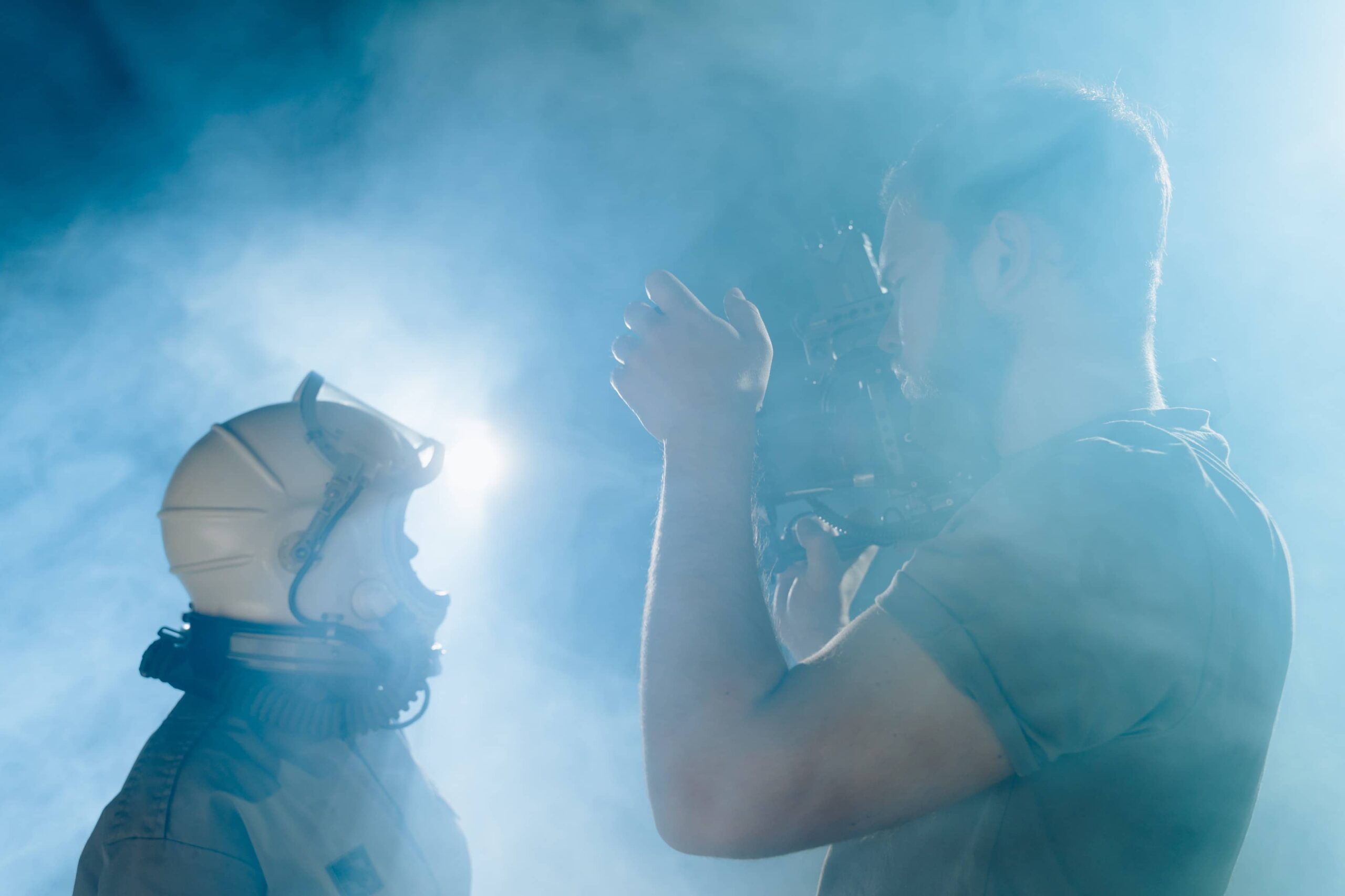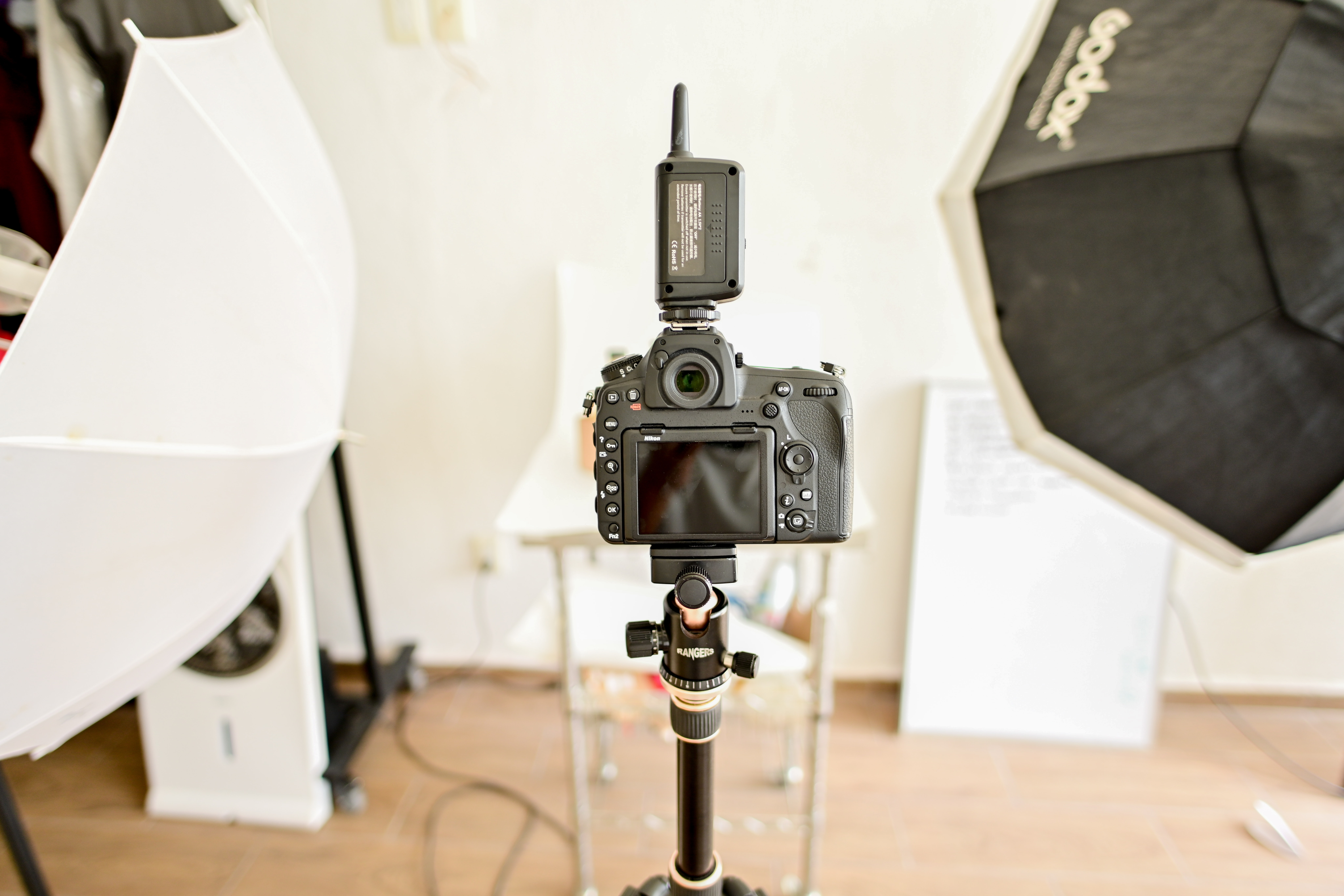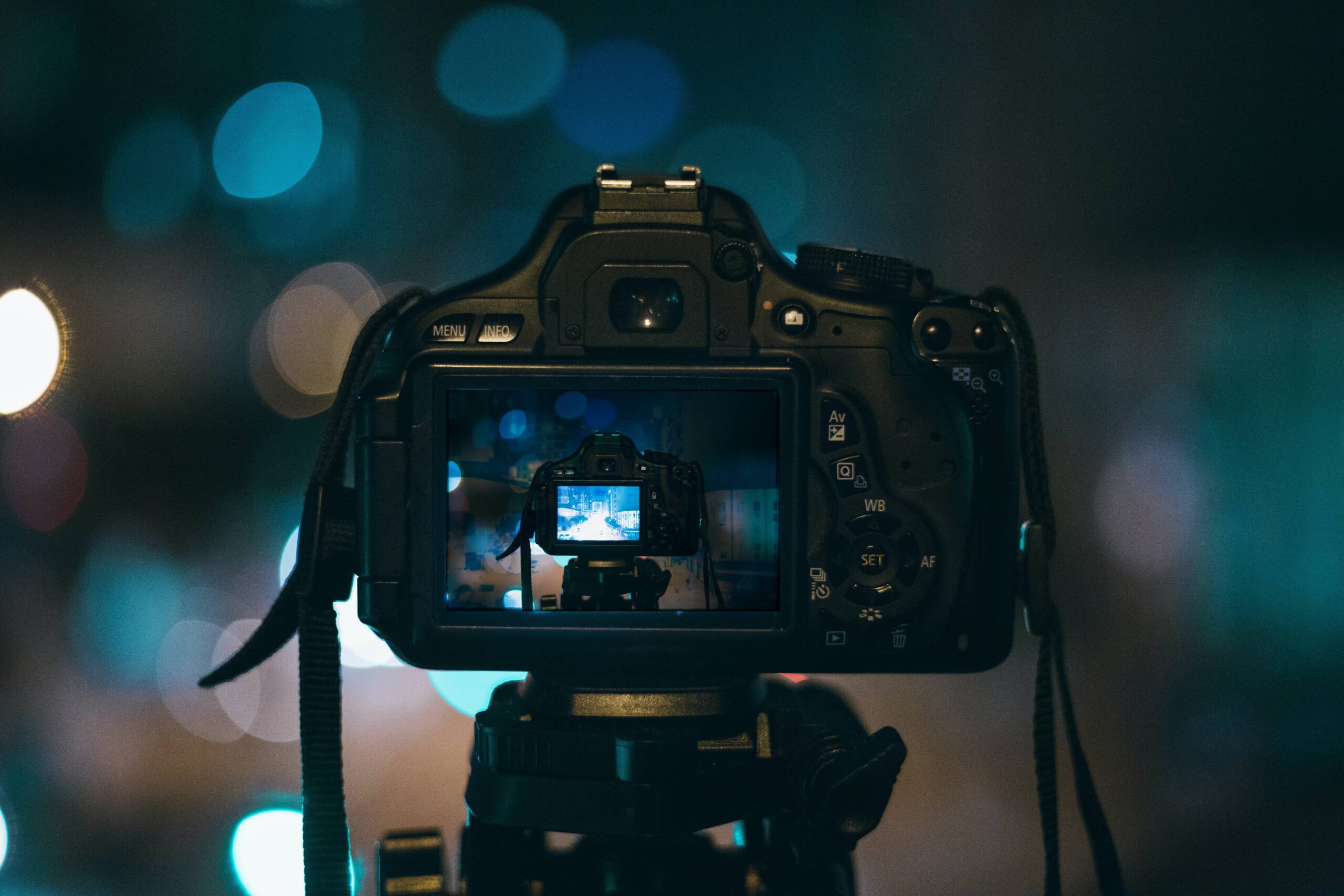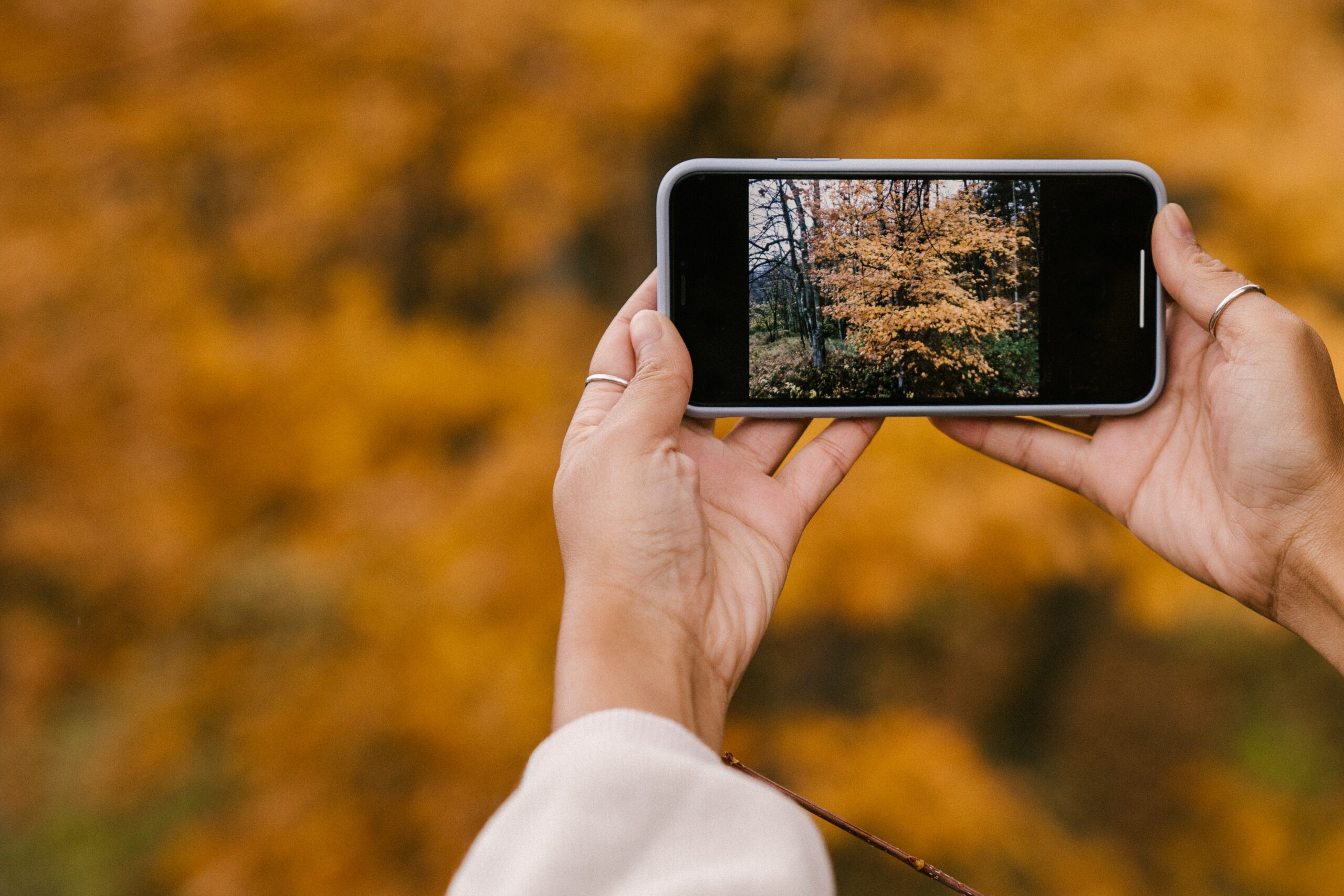Did you know that a single photograph can evoke more emotion than a thousand words? That’s the power of documentary photography, a visual form of storytelling in which photographers capture moments without judgment or interpretation.
In the digital age, where posts and tweets quickly disappear into the ether, photos are becoming increasingly powerful communication tools. Documentary photographers armed with cameras have an opportunity to tell real-life stories in a way that encourages genuine empathy, creating impactful works used to illustrate issues and tell life stories.
Documentary photography is an impactful method and has the capability to capture and narrate real-life stories in a way that is touching and makes us re-live the moment once again. We’ll delve into the world of documentary photography, learning about its development, notable practitioners, and how it may be applied to the telling of true tales.
Documentary Photography’s History
The development of photography in the 19th century is when documentary photography got its initial rise. Early photographers like Lewis Hine and Jacob Riis used photography to record the social and economic subject matters of their time period, frequently with the intention of raising awareness, bringing about social change, and mainly using it as a form of storytelling.
Photographers like Dorothea Lange and Walker Evans embraced photography as the medium developed to capture the consequences of the New Deal and the Great Depression. Photographers like Robert Frank, W. Eugene Smith, and Henri Cartier-Bresson employed photography to capture social and political issues in the middle of the 20th century, and their work had a big influence on how modern documentary photography developed and sparked the art of photography.
Even today, documentary photography is a vital tool for narrating true events like everyday life or special events like wedding days. The impact of their photos has the potential to inspire social changes by performing social documentaries, and conservation photography. Documentary photographers from all over the world are using this form of photography to document and raise awareness of topics like poverty, human rights violations, and environmental destruction.
Key Practitioners in Documentary Photography
There have been numerous influential documentary photographers throughout history whose work has had a significant influence on the genre. Some of the most prominent documentary photographers are:
- Jacob Riis: A late 19th-century American journalist and social reformer best known for his images of the slums of New York City. His photographs had a crucial role in advocating social reform and in bringing attention to the unfavorable living circumstances in the city.
- Dorothea Lange: An American documentarian whose images of the New Deal and the Great Depression had a profound influence on the growth of modern documentary photography. Her photographs vividly depicted the 1930s sufferings of the American people while capturing the essence of the time and the human condition.
- Robert Frank: Photographer who was Swiss-American and whose book “The Americans” had a significant influence on modern documentary photography. His work had a huge influence on the development of street photography and the New Journalism movement, and his images perfectly represented the reality of post-war America.
- W. Eugene Smith: A well-known American photographer who specializes in moving and striking portraiture. He is most renowned for his photographs of the Spanish Civil War, and World War II, and lengthy photo essays on social topics including the hardship of Welsh coal miners. His work exhibited both technical mastery and a talent for using photography to communicate profoundly humane tales.
- Henri Cartier-Bresson: A French photographer who is credited with inventing street photography and contemporary photojournalism. He was a founder member of the Magnum Photos agency, and his images candidly and spontaneously portrayed the human experience. His idea of the “decisive moment” in photography—defined as the instant when a scene is captured at its peak of movement and with the ideal composition—is still frequently used and studied today.
- Steve McCurry: The American photographer was renowned for his emotive, vibrant, and arresting photographs, including his 1984 refugee camp portrait of Sharbat Gula, an Afghan girl. He discussed a range of social and political topics, including the Gulf Conflict, the tsunami in the Indian Ocean, and the Syrian civil war.
- Mary Ellen Mark: A well-known documentary, portrait, and fine art photographer from the United States. She dedicated her professional life to working with marginalized groups of individuals and communities, especially in India, and producing sincere and respectful photos that highlighted the problems of the underprivileged and the displaced.
Documentary Photography’s Influence
Documentary photography has the ability and the power of visual storytelling. It can be used to preserve cultural heritage, tell everyday people’s tales, and document and promote awareness of social and political issues.
Photographers can give a visual record of significant historical occasions and draw attention to concerns that might otherwise go unreported through the use of documentary photography. Documentary photography can also be used to document and maintain a community’s or location’s cultural history.
In addition, documentary photography can be used to share the experiences of regular people and offer a window into their worlds, problems, and victories. Giving voice to the unheard and the forgotten fosters empathy and comprehension in the audience.
The ease of sharing and disseminating photos online has increased the impact of documentary photography in the modern era. Photographers may now connect with a worldwide audience and have a significant impact thanks to social media platforms.
Conclusion
To sum up, documentary photography is an effective medium that can capture and convey real-life stories in a way that is both potent and have the ability of storytelling in photography. Documentary photography has developed from its beginnings in the 19th century to the present day in order to record and document the social, political, and cultural challenges of our time. Photographers can activate empathy and sympathy in the audience while giving voice to the underrepresented and the forgotten. The power of documentary photography has only increased with the spread of digital technology and the internet, and it continues to be an effective medium for highlighting significant issues and sharing the tales of common people.



